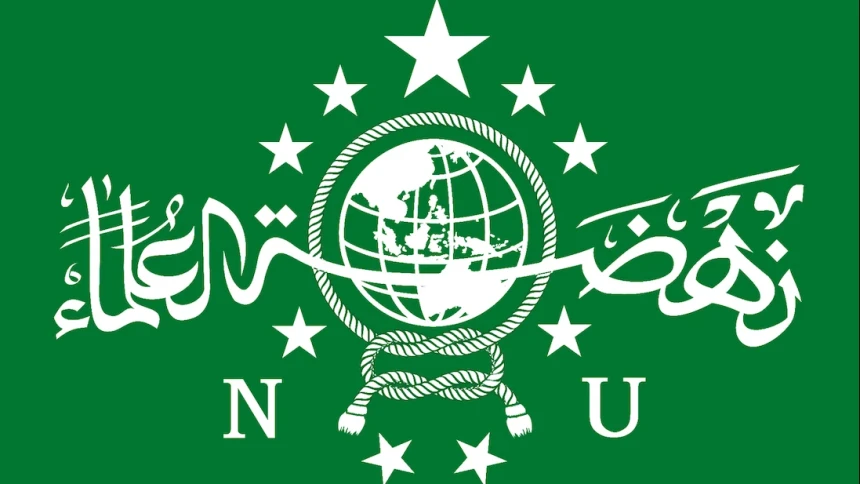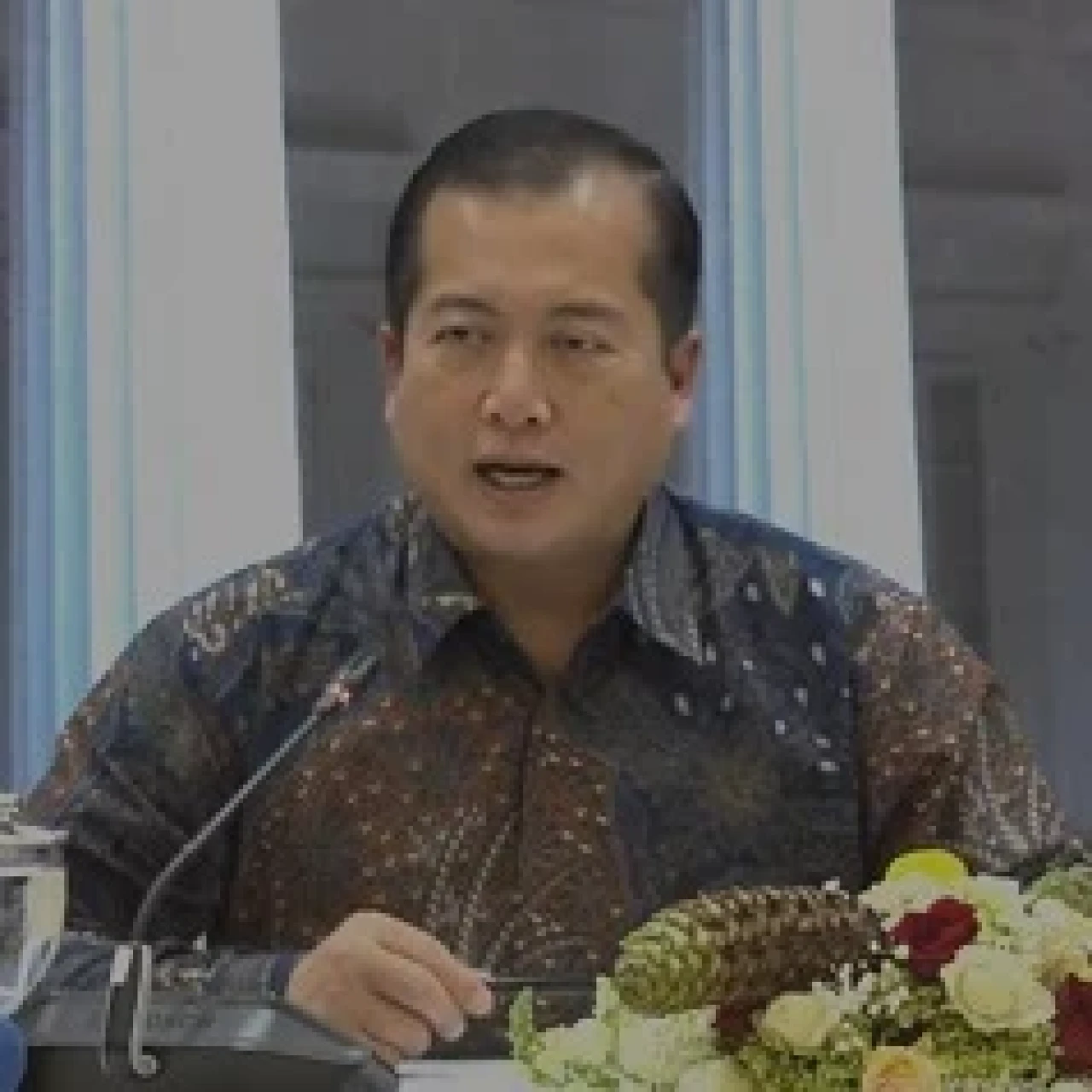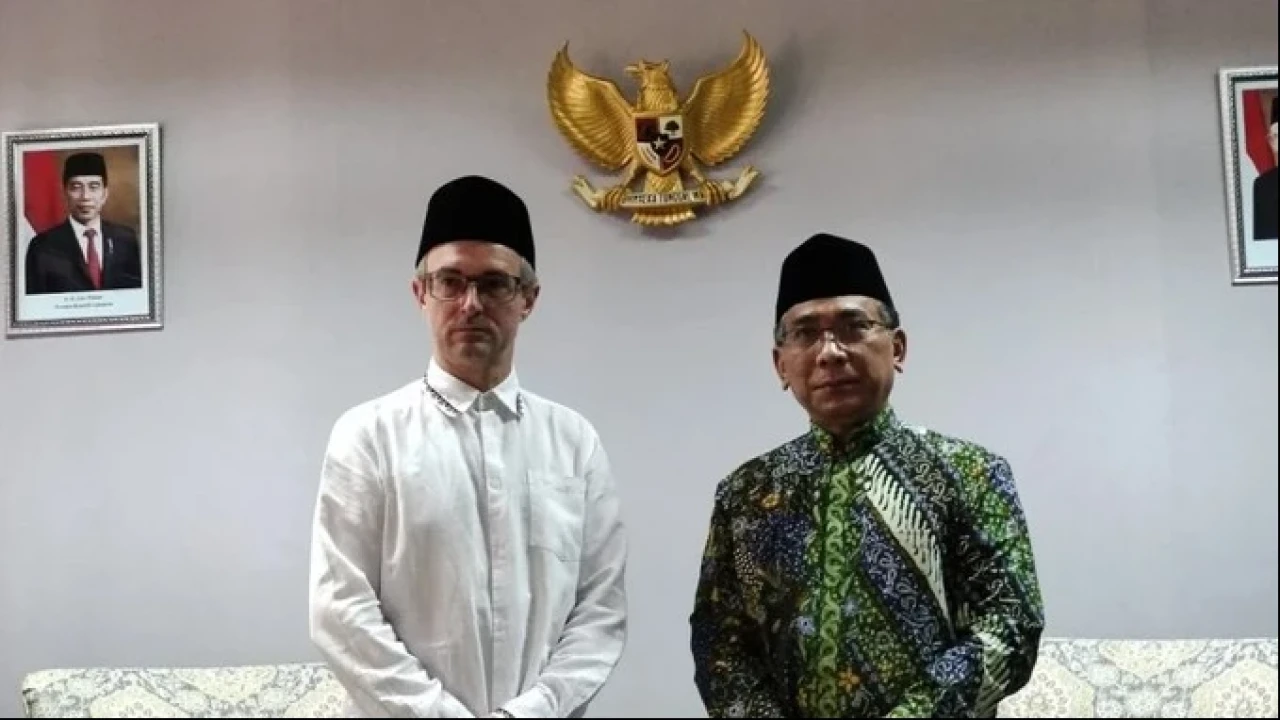RI needs special body to harmonize Ramadhan, Idul Fitri
NU Online · Senin, 9 Juli 2012 | 11:38 WIB
Jakarta, NU Online
Indonesia needs a special body that has the authority to determine the first day of Ramadhan and Syawal months according to the Islamic calendar so that differences in the first day of fasting and the day to celebrate Idul Fitri will not keep reoccurring, a scholar has said.<>
Speaking to The Jakarta Post over the weekend, Imam Yahya, the dean of the School of Sharia from the State Islamic Science Institute (IAIN) at Walisongo in Semarang, Central Java, said that other majority Muslim countries, such as in the Middle East, already had such authority bodies.
“The positive impact of such an entity is that, although there are many different groups in the Middle East, the first fasting day of Ramadhan always takes place on the same day,” he said.
He said Indonesia in fact already had the so-called Hisab Rukyat Agency which was tasked with deciding the first day of Ramadhan and Syawal through an itsbat (confirmation) meeting involving representatives from different Muslim organizations.
He added, however, that the agency had not yet been able to bridge the gap between different Islamic organizations because each one had its own belief systems to determine the matter.
Differences in designating the first day of Ramadhan are likely to happen again this year.
Expert staffer at the Hisab Rukyat Agency, Ahmad Izzuddin, said a meeting between Brunei Darussalam, Indonesian, Malaysian and Singaporean ministers of religious affairs, held on June 27-29, had decided that the first day of Ramadhan this year would fall on July 21.
At the same time, however, the central executive body of Indonesia’s second-largest Muslim organization, Muhammadiyah, had earlier decided that this year’s Ramadhan would fall on July 20.
The differences, Ahmad said, were due to discrepancies in the methods used to decide the matter. The government and the country’s largest Muslim organization Nahdlatul Ulama (NU) used rukyat (observation), while Muhammadiyah used hisab (calculations).
The problem was, he added, that rukyat, which relies on physical observations of the new moon that marks the beginning of a month, was very difficult to conduct even with the help of telescopes.
“The new moon can only be seen if it is already two degrees above the horizon,” explained Izzuddin, who is also chairman of the Association of Indonesian Falaq (Astronomy) Lecturers, in Semarang.
Meanwhile, the Indonesia's largest Muslim organization Nahdlatul Ulama (NU) in its almanac published by NU Committee of Astrology (LFNU) predicts the 1st Ramadhan 1433 H will fall on Saturday, July 21, 2012. The prediction is based on the most modern astronomical and mathematical calculation.
"NU has predicted the beginning of Ramadhan, but it does not mean that NU has set the (Ramadhan) date. This is important to know," chairman of LFNU KH A. Masroeri Ghazalie told NU Online in Jakarta, Friday (6/7).
Ghazalie said, in calculating the beginning of months in Islamic calendar (qamariah / hijriyah), NU has used the most modern science of hisab (calculation). "NU uses so-called tahkiki tadzkiki-ashri."
Based on the calculation, as in NU almanac, the hilal at the time of doing rukyatul hilal (sighting of the moon) on Thursday (19/7) or 29 Ramadhan 1433 H the crescent (hilal) elevation was at 1 degree 38 minutes above horizon. In this case hilal was not visible (imkanur rukyat) so it could not be sighted.
According to Kiai Ghazalie, the MABIM member countries (Indonesia, Malaysia, Singapore and Brunei Darussalam) set 2 degrees as a minimum limit of the visibility of observation. "These (2 degrees), by the astronomers will be increased to 4 degrees," he said.
He added, astronomically the new moon (crescent) could be observed if it is still under the visibility limits of observation. Thus the NU almanac would fulfill the month of Sya'ban for 30 days based on the the rules of istikmal.
Editor : Sudarto Murtaufiq
Terpopuler
1
Kemenag Tetapkan Gelar Akademik Baru untuk Lulusan Ma’had Aly
2
LKKNU Jakarta Perkuat Kesehatan Mental Keluarga
3
Mahasiswa Gelar Aksi Indonesia Cemas, Menyoal Politisasi Sejarah hingga RUU Perampasan Aset
4
3 Alasan Bulan Kedua Hijriah Dinamakan Safar
5
Anggapan Safar sebagai Bulan Sial Berseberangan dengan Pandangan Ulama
6
Kopri PB PMII Luncurkan Beasiswa Pendidikan Khusus Profesi Advokat untuk 2.000 Kader Perempuan
Terkini
Lihat Semua















